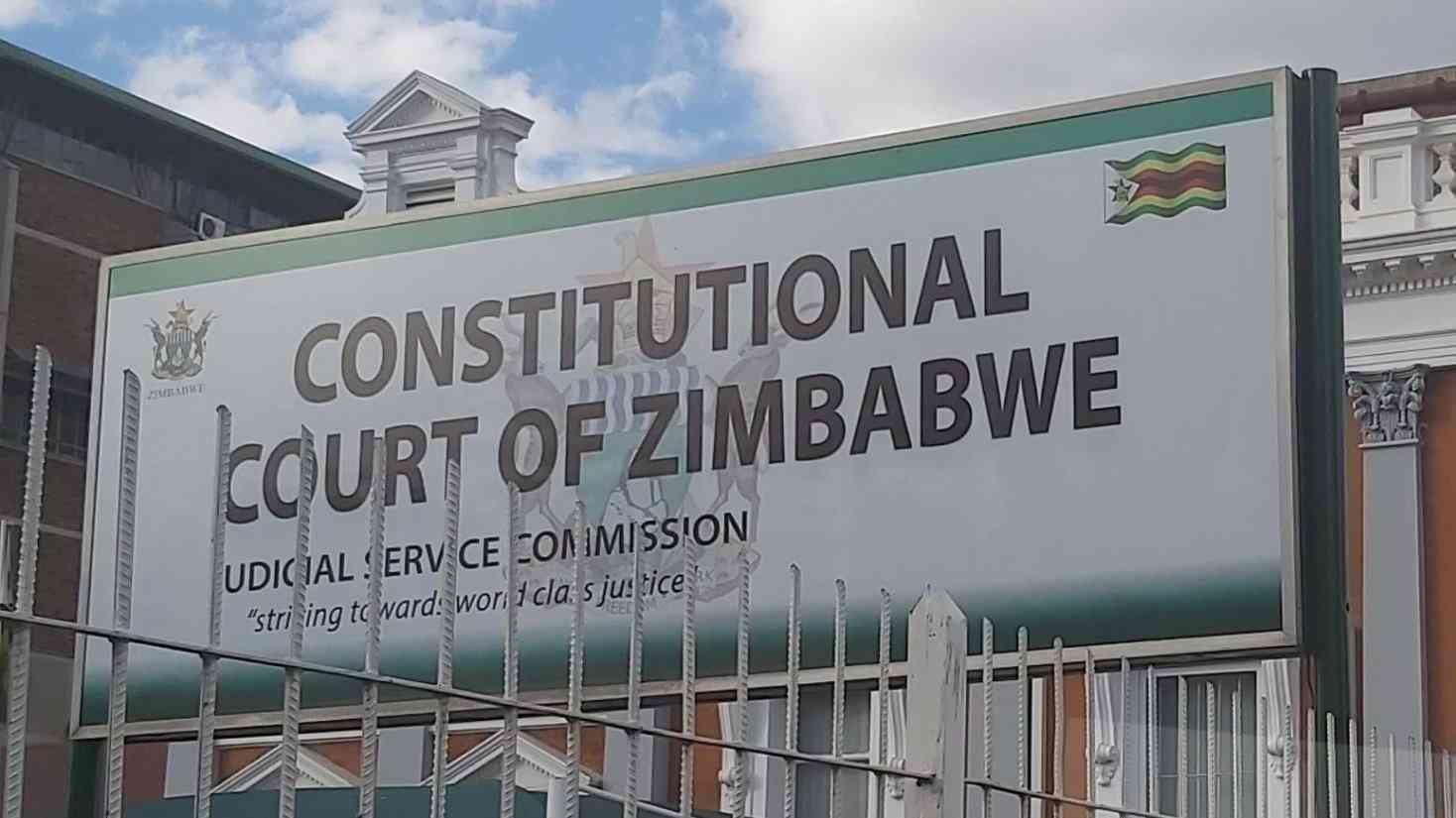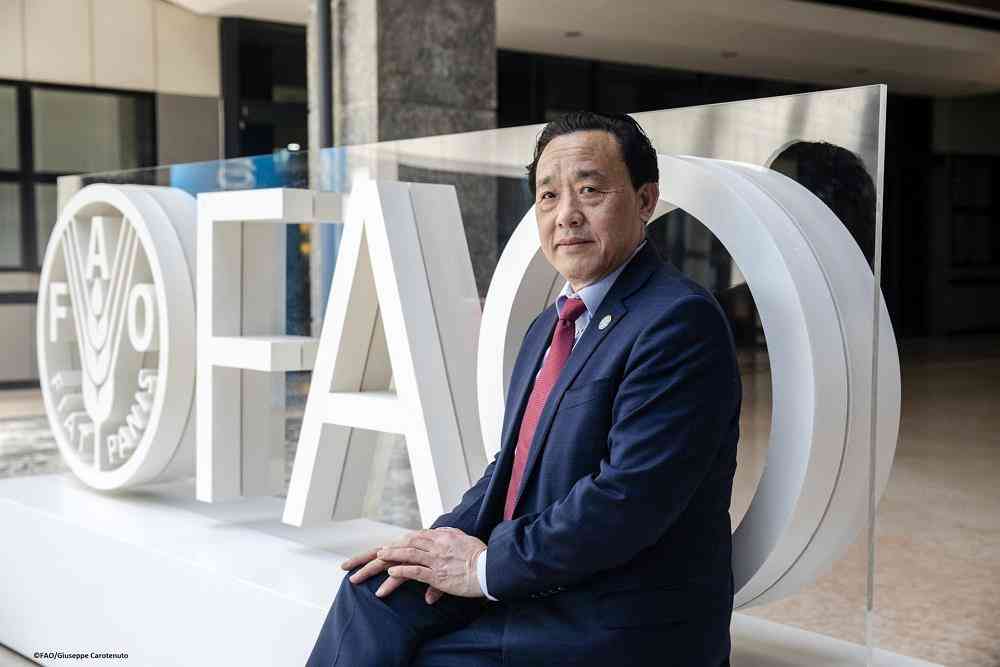The CYBER CITY project in Mt Hampden, Harare, being spearheaded by President Emmerson Mnangagwa’s administration will enrich top leaders and be the cornerstone in the government’s surveillance of its citizens, evidence gathered by NewsDay Weekender has shown.
The technology for the project is from China. Implementation of the model, its organisational structure and management of the new city has already been announced by Cabinet.
Government sources and development planners have questioned the project which they say was likely a feeding trough for the political elite.
They also questioned why officials from the affected local authorities — Mazowe and Zvimba Rural District Councils (RDCs) — were being side-lined from the project despite it occupying much of their prime land.
A report by the Global Voices, research project, the Civic Media Observatory on digital authoritarianism in Zimbabwe, said the new city will usher Zimbabwe into a dystopian era.
Two weeks ago, Information, Publicity and Broadcasting Services minister Monica Mutsvangwa told a post-Cabinet media briefing that Cabinet had received and approved recommendations on the implementation model, the organisational structure and key appointments for the development and management of the new city.
Keep Reading
- Mr President, you missed the opportunity to be the veritable voice of conscience
- ED to commission new-look border post
- Zanu PF ready for congress
- EU slams Zim over delayed reforms
The recommendations were presented by Local Government and Public Works minister July Moyo.
“The nation is being informed that the implementation of Phase II of the masterplan for the new city at Mt Hampden is on course. This is on the backdrop of commissioning of the New Parliament Building by his Excellency Cde ED Mnangagwa in November 2022. Cabinet approved the implementation model and organisational structure which has three layers comprising the Cabinet, the New City Board and the New City Development Corporation (NCDORP).”
Mutsvangwa said the New City Board would comprise ministers who have a critical role to contribute during the development of the new city.
She also said the board would be accountable to the President and Cabinet.
“The New City Development Corporation will be a formally registered institution capable of entering into contractual arrangements for the development of infrastructure, and will implement construction projects and administer the new city for a period of 15 years. Its chief executive officer will serve as an administrative head of the corporation, and will be backed by consultants for each of the key operational areas,” she said.
Mutsvangwa added that it would be Mnangagwa’s prerogative to appoint anchor investors of his choice to invest a minimum of US$1,5 billion and a maximum of US$2,878 billion in the new city.
She said the model to implement the new city would assist in other urban developments that are emerging across the country including Manhize, Kanyemba and Mahuwe (Invictus-Oil and Gas Town).
But independent urban planners told NewsDay Weekender that the area sits between Mazowe and Zvimba RDCs, and whatever arrangement is to be implemented must incorporate those two councils.
“It would have been wise for the government to form a joint board between the councillors from Zvimba RDC as well as Mazowe RDC then they appoint a head getting help from a minister of government, an urban planner said on condition of anonymity.
“What they are simply trying to do is they are forming a private organisation, a private company that has powers to do procurement and everything else. It’s just a way of syphoning money from the country and keeping it for themselves because it is a huge development, and it mustn’t be placed in the hands of a few individual ministers.”
The sources further indicated that appointing a board involving the two local authorities would ensure the government’s devolution matrix.
“Why can’t we decentralize these functions to local authorities that are responsible, that are administering the land in question and then creating a joint committee like they did in Manyame RDC? They formed a joint committee between Chitungwiza municipality and Manyame and it is working well,” an official said.
Observers argue that government could have used the Udicorp Act to place the new city as a development area.
“But now if they want to form the board they’re talking about, legally, it won’t be constituted. Zvimba RDC and Mazowe RDC can even contest that the land is within their boundaries and they must have a say in whatever happens there.”
Sources say this might pose a legal quagmire for government.
“We can’t create a corporation when we already have another one in existence already. So they have to be careful in whatever they’re doing because they will get into trouble because of these positions.”
A report by anonymous researchers in Harare, Global Voices said Zimbabwe is set to become Africa’s first country with a “smart capital city” built from scratch.
Mt Hampen would be transformed into a state-of-the-art artificially intelligent city with interconnected government buildings, smooth traffic, round-the-clock security, prime real estate, and top-notch malls.
“For many concerned citizens, New Harare’s plans for omnipresent facial recognition tech combined with all will usher Zimbabwe into a dystopian era. The technology will be able to match a person’s live images with centralised databases and alert law enforcement when a suspected criminal is detected,” the report said.
It further added that in Zimbabwe, where freedoms are harshly curtailed by the regime, there are also politically-motivated ulterior motives for this technology.
“In fact, CCTV (closed-circuit television) cameras are already being placed in Zimbabwe’s cities where opposition movements are strong. The tenders for Zimbabwe’s digital ambitions mainly go to Chinese surveillance giants, such as Huawei, Hikvision, and CloudWalk, which are backed by their government’s loans,” the report said.
New Parliament Building in Mt Hampden funded by China through the Digital Silk Road and the Belt and Road Initiative (BRI), is one of the mega infrastructure projects.
“Our researchers previously investigated BRI narratives, compiled in our “Framing China’s Belt and Road Initiative. Deals for facial recognition technology in Zim Cyber City have also been made with Dubai-based Mulk International. Meanwhile, President Mnangagwa is developing relations with Belarussian leaders at digital security events. Zimbabwe’s government has also reportedly used targeted surveillance in the form of Pegasus spyware on politicians’ and journalists’ phones.”
The reports also noted pro-governmental voices supporting government importation of Chinese technology saying it will propel Zimbabwe’s security, development, and economic growth.
“Zimbabwe’s trust in China’s goodwill goes back decades. China (as well as Russia) supported Zimbabwe’s struggle for independence from British colonial rule throughout the 1960s and ’70s.
“State narratives pit China’s ‘benevolent influence’ against “imperialistic” Western powers who exercise double standards, especially when it comes to human rights,” the report says.
The Global Voices report, however, said the research in the Unfreedom Monitor shows that Zimbabwe’s citizens are met with punitive measures when they exercise their rights, including freedom of expression and assembly.
“Considering the regime’s penchant for cracking down on dissenting voices as a tactic of power retention, the government’s adoption of surveillance technology bodes badly for opposition parties, activists, NGOs, and civil society. Surveillance technology in Smart City projects will make it easier for the State to clamp down on dissenting voices using laws that go against freedom of assembly and expression.”
It further indicated that some Zimbabweans fear more censorship and a more efficient crackdown on dissidents and journalists through mass and targeted surveillance, further arguing that China will have access to Zimbabweans’ bio-metric and communication data as part of a deal between the two countries to hone facial recognition Artificial Intelligence for African people’s features.





